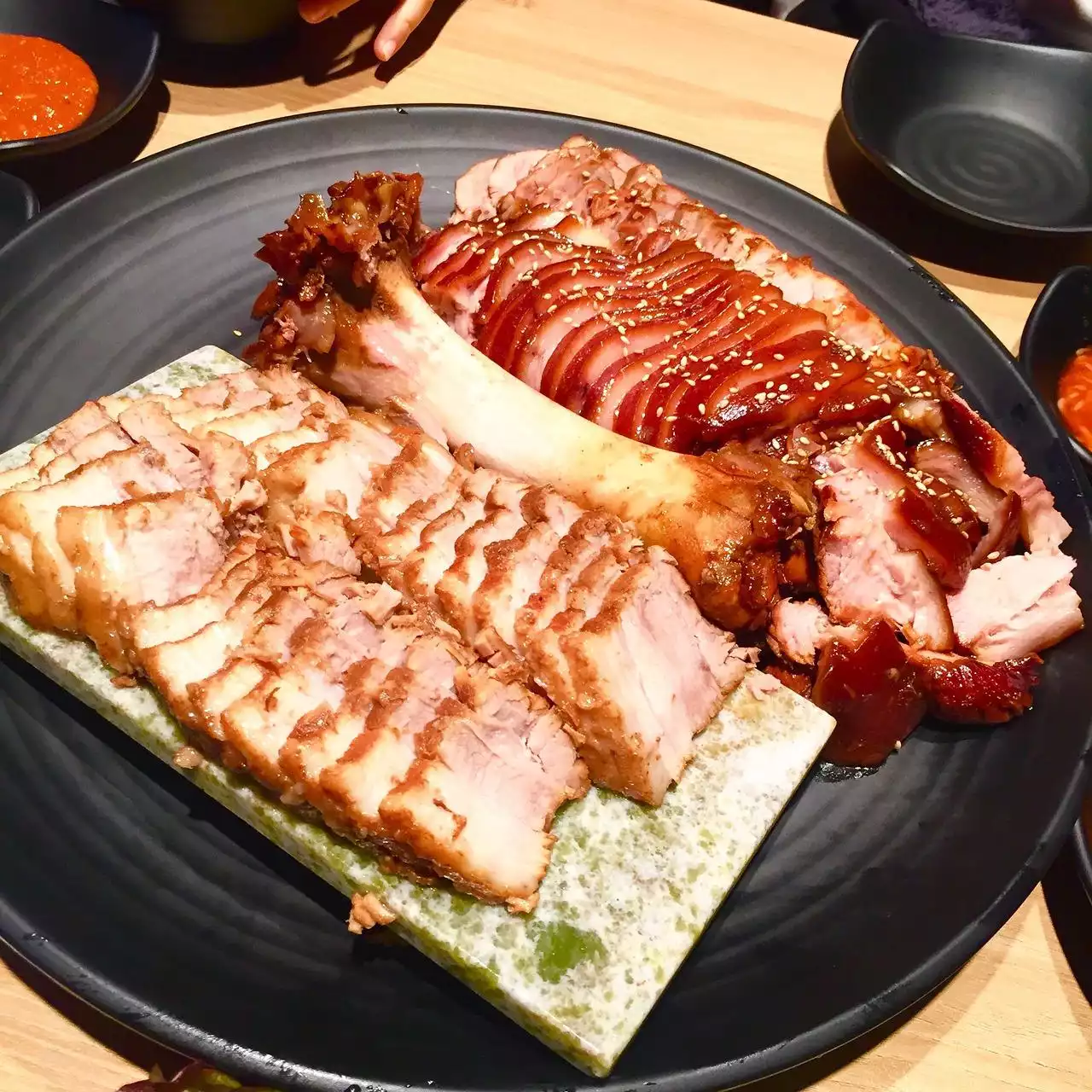Everyone knows that boiling food is a great way to kill harmful germs and make your meals safer. But do you know when is the best time to boil your food? And when should we not do it? This might come as a surprise, but there is actually a lot more to it than you think. Peak season for cooking food, which is also known as the boiling season, is different for every region in the world. In some places, like North America, it extends from spring through to autumn. In other places, like Asia, it only lasts from spring through to summer. The length of the season also varies from region to region. For example, North America only experiences their peak season from March to September. But why should we care about this? After all, if you boil your food, aren’t you just killing any germs that might be there from the start? Well, yes you are. But, if you boil your food at the wrong time, you can end up with a lot of unwanted side effects. And these side effects can be very bad news for your health. They can also ruin the taste of your food. So, in this article, you will discover:
Boiling Meats
The best time to boil meat is when it’s still very fresh. For example, meat that’s less than 2 days old will still have a lot of bacteria on it. If you try to boil it, you risk killing those friendly bacteria, but not the harmful ones. So, the best time to boil is when the meat is still less than 2 days old. However, if the meat is more than 2 days old, the best way to kill any harmful bacteria is to un-thaw it, put it in the fridge, and then cook with it. Some other foods that you can safely boil include:
- Fish - In general, fish safely boiled in water is fine to eat. However, some types of fish have very high levels of mercury in them. So, it’s best to avoid these types of fish, even though they are safe to boil.
- Legumes - Vegetable legumes like beans and peas are one of the few types of food that you can safely boil. This is because they contain compounds that make them harmless to eat after boiling.
How to boil food
The best way to kill any harmful bacteria in your food is to boil it. Boiling is the best way to kill bacteria because it makes the water get hotter and hotter. And, at some point, it becomes too hot to keep boiling. At this point, you need to take your food out of the water and cool it down. This process kills all the harmful bacteria, but it doesn’t harm the food. When it comes to what type of pot to use, there are a few things you need to keep in mind. First, you need to make sure that the pot you use can hold the amount of water that you plan to boil. Next, you need to make sure that the pot can stay at a certain temperature for a certain amount of time.
The bad effects of boiling food too much
It’s important to know how much to boil your food. But, it’s also important to know when not to boil it. Too much boiling is actually bad for your health. It not only kills off the helpful bacteria in your food, but it also changes the nutritional quality of your meals. And this can be very bad for your health. What happens when you boil food? Well, the liquid evaporates and the food gets very hot. And this is exactly what we don’t want. The nutritional value of food is linked to the temperature at which the food was cooked. That’s because the hotter the food is, the more energy it has. And that energy is linked to the nutritional value of your food. So, by cooking your food too hot, you are changing its nutritional value. You are also killing all of the helpful bacteria in your food, which changes its nutritional value as well.
Boiling Vegetables
When it comes to vegetables, you have a few different options for what to do with them. The most common way to cook vegetables is to steam them. Steaming is a very safe way to cook your vegetables because it doesn’t actually boil them. So, this is the best way to boil your vegetables. Some people also like to boil their vegetables, and there are actually a few reasons for this. For example, boiling is a great way to make your vegetables much easier to digest. That’s because it is a very gentle process and it kills off most of the harmful bacteria that live in the vegetables.
Conclusion
If you boil your food too much, it will not only kill off the helpful bacteria, but it will also change the nutritional value and texture of the food. So, it’s important to know the right amount of boiling your food. And, this article has shown you how to do it. There are different types of cooking. When it comes to which one you should use, there are a few things to keep in mind.


 Thai Cuisine 101: A Beginner's Guide to the Flavors and Spices of Thailand
Thai Cuisine 101: A Beginner's Guide to the Flavors and Spices of Thailand
 Hollywood's 20th Century Fox Studios
Hollywood's 20th Century Fox Studios
 The Ultimate Guide to French wine: History, Production, and Pairings
The Ultimate Guide to French wine: History, Production, and Pairings What are the Best Foods to Steam Cook?
What are the Best Foods to Steam Cook? Stewing and What Meat Cuts to Use
Stewing and What Meat Cuts to Use What is Sous Vide and How does it Work?
What is Sous Vide and How does it Work?